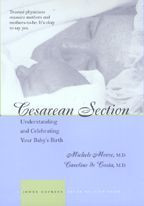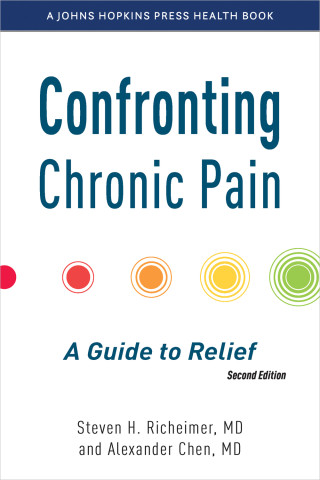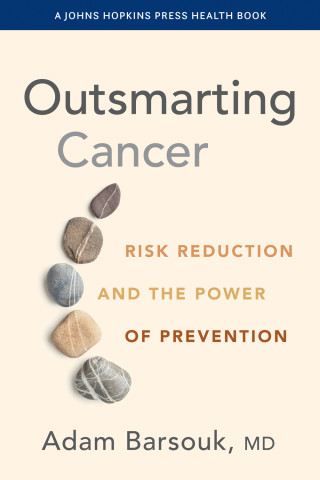
Reviews
An excellent resource for women with urinary incontinence and their caretakers. Wide in scope and thorough in coverage.
This in-depth, reader-friendly guide explains the different kinds of incontinence, methods of diagnosis, and what to expect in the examining room.
Friendly, accessible, and packed cover to cover with invaluable information, and should most definitely be read by any woman who may potentially suffer from this ailment, and the highest recommendation to medical library collections.
In-depth, reader-friendly.
This book offers women some sound and practical advice regarding possible treatment/management options for their urinary incontinence.
Book Details
Preface
1. Introduction: What Is Urinary Incontinence and What Can Be Done about It?
2. The Urinary System: Understanding How It Works
3. Stress, Urge, and Mixed: Types of Incontinence and Their Causes
4
Preface
1. Introduction: What Is Urinary Incontinence and What Can Be Done about It?
2. The Urinary System: Understanding How It Works
3. Stress, Urge, and Mixed: Types of Incontinence and Their Causes
4. Consulting a Doctor: How to Find the Right Physician and What You Can Expecy
5. Medical Tests: Why and How Are They Done?
6. Nonsurgical Treatments: What Options Are Available?
7. Surgical Treatments: What Does Incontinence Surgery Involve?
8. Selecting Treatment: Which One Is Right for You?
9. Treatment Complications: What to Do if Something Goes Wrong
10. Summary: Taking Control of Urinary Incontinence
Glossary
Resources
Index





